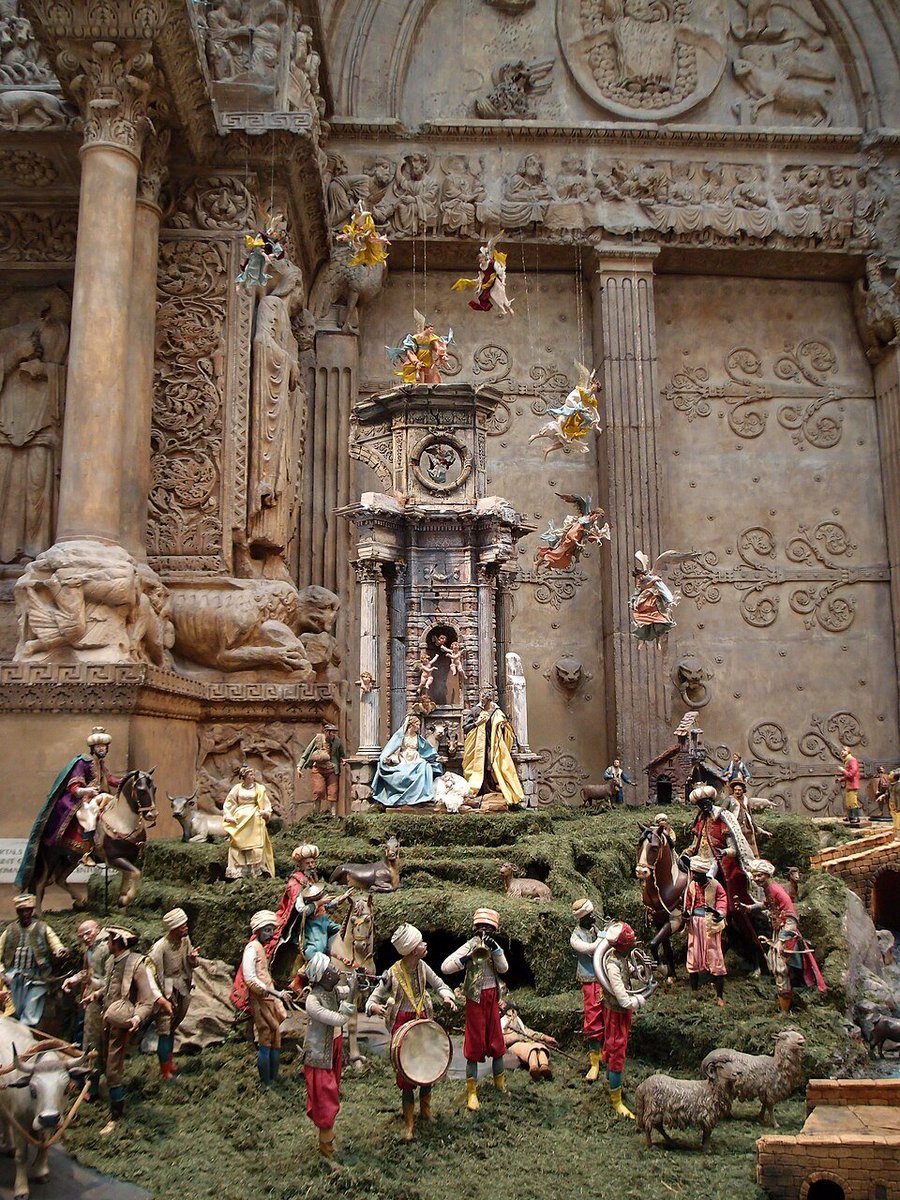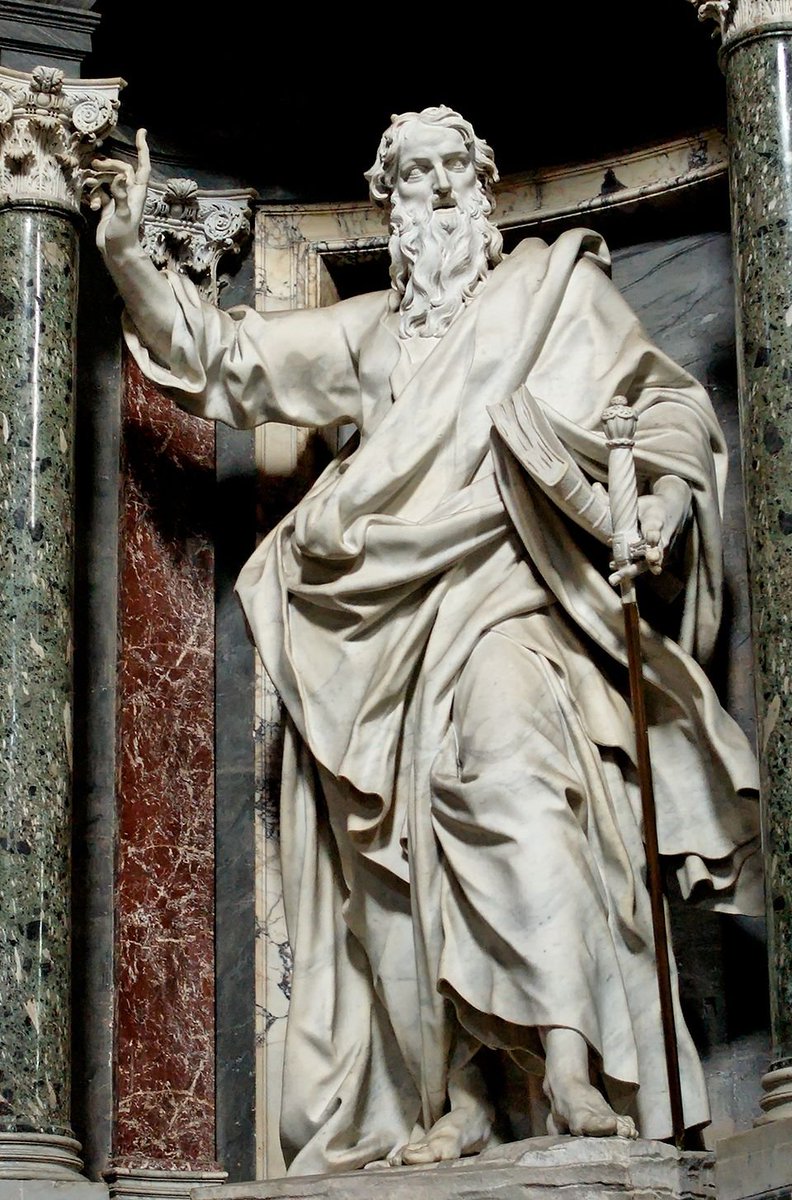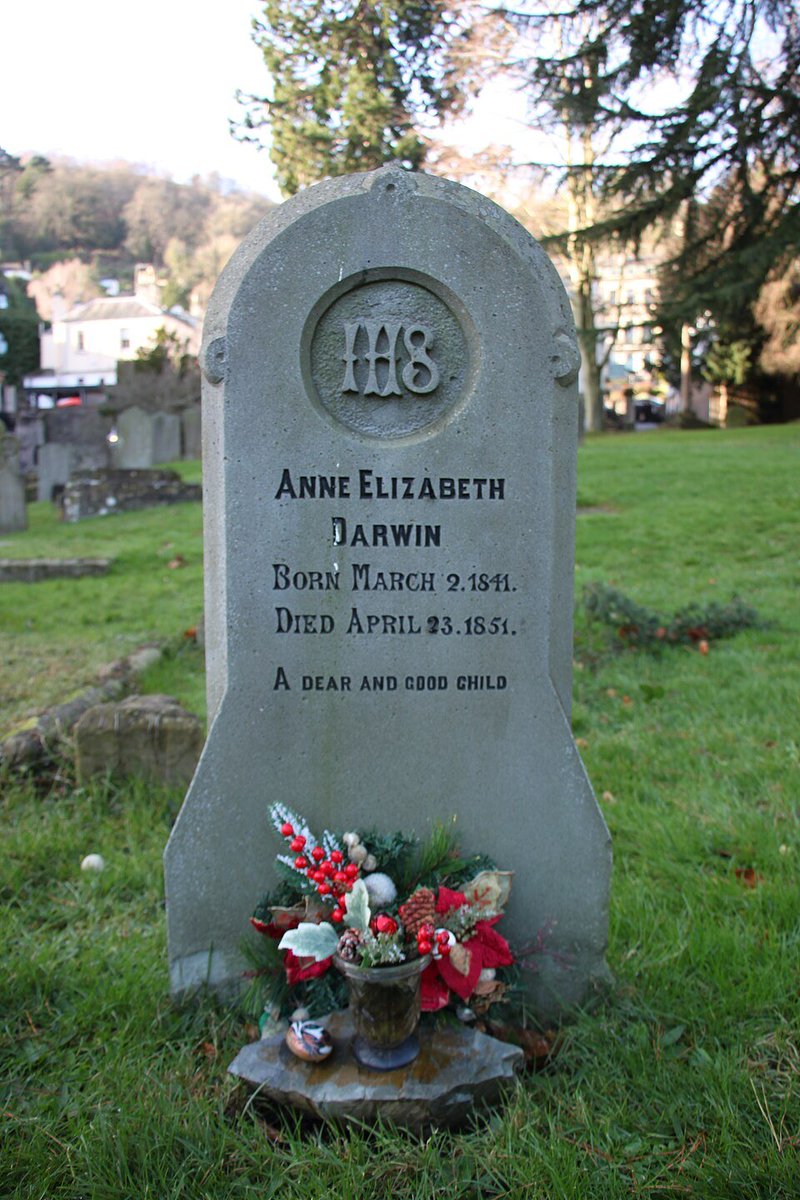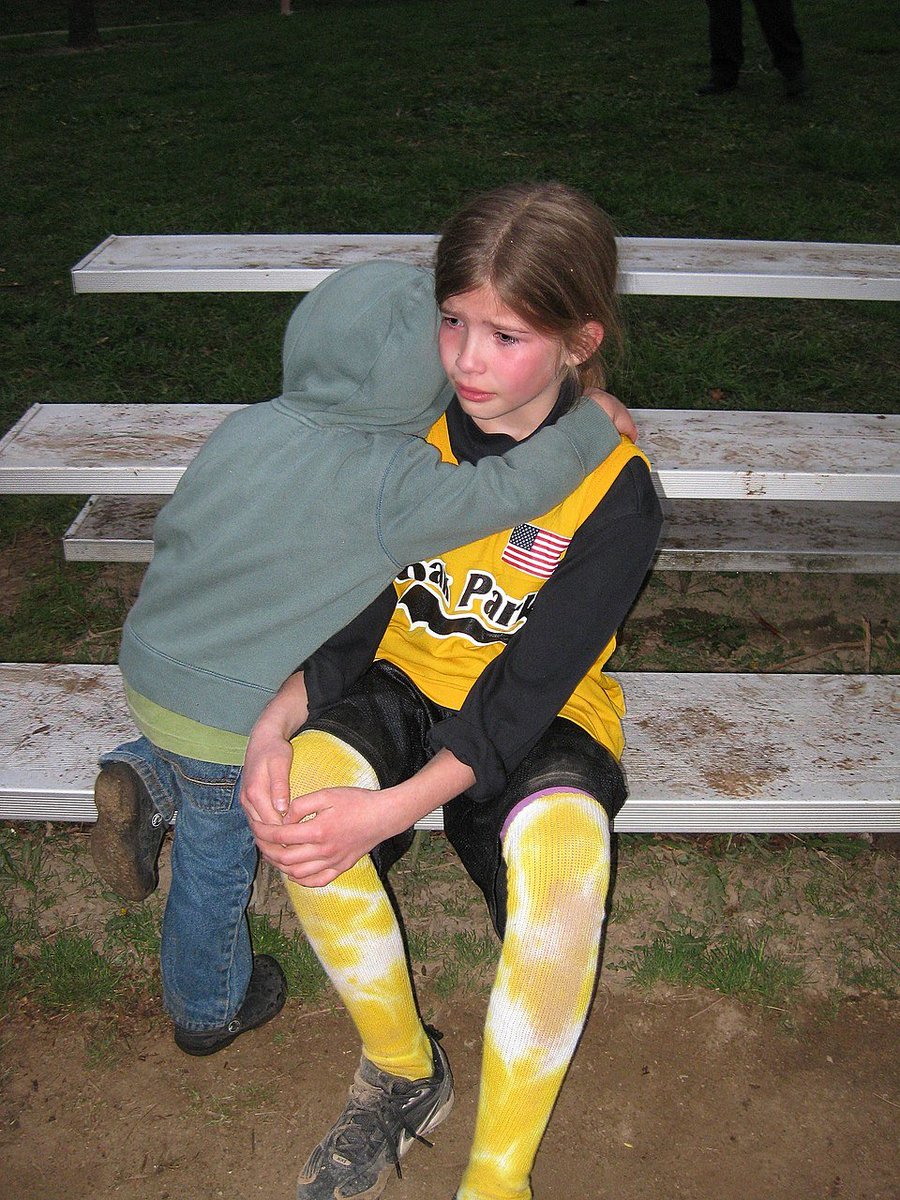Did you know this building has over 20 kilometers of stairs inside?
It is the Parliament Building in Hungary.
But that's only one of the many architectural wonders of Hungary.
Here are more and a few that may just shock you. 🧵
It is the Parliament Building in Hungary.
But that's only one of the many architectural wonders of Hungary.
Here are more and a few that may just shock you. 🧵

1. St. Stephen's Basilica, Budapest
This grand neoclassical church houses the mummified right hand of Hungary’s first king, St. Stephen.
Climb its dome for a 360° panorama of Budapest that will take your breath away.
This grand neoclassical church houses the mummified right hand of Hungary’s first king, St. Stephen.
Climb its dome for a 360° panorama of Budapest that will take your breath away.

2. Fisherman’s Bastion, Budapest
Looks like a fairytale castle, but it was built in 1902 purely as a viewing terrace.
Its whimsical towers offer enchanting views of the city.![The Halászbástya (Hungarian pronunciation: [ˈhɒlaːzbaːʃcɒ]) or Fisherman's Bastion is one of the best known monuments in Budapest, located near the Buda Castle, in the 1st district of Budapest. It is one of the most important tourist attractions due to the unique panorama of Budapest from the Neo-Romanesque lookout terraces. Photo by Brian Teater on pinterest.](/images/1px.png)
Looks like a fairytale castle, but it was built in 1902 purely as a viewing terrace.
Its whimsical towers offer enchanting views of the city.
![The Halászbástya (Hungarian pronunciation: [ˈhɒlaːzbaːʃcɒ]) or Fisherman's Bastion is one of the best known monuments in Budapest, located near the Buda Castle, in the 1st district of Budapest. It is one of the most important tourist attractions due to the unique panorama of Budapest from the Neo-Romanesque lookout terraces. Photo by Brian Teater on pinterest.](https://pbs.twimg.com/media/GhWktxJXQAAaket.jpg)
3. Parliament Building, Budapest
A Gothic Revival masterpiece reflecting in the Danube, it’s the third largest parliament building in the world.
A Gothic Revival masterpiece reflecting in the Danube, it’s the third largest parliament building in the world.
4. Matthias Church, Budapest
The colorful tiled roof steals the show, but inside, this 700-year-old church hosted royal coronations, including King Charles IV, the last Habsburg monarch.
The colorful tiled roof steals the show, but inside, this 700-year-old church hosted royal coronations, including King Charles IV, the last Habsburg monarch.

5. Archdiocese Library of Eger, Eger
One of Hungary's oldest libraries, this hidden gem in Eger houses over 160,000 volumes, including rare manuscripts and maps.
The library's ornate frescoed ceilings make it a haven for history and art lovers alike.
One of Hungary's oldest libraries, this hidden gem in Eger houses over 160,000 volumes, including rare manuscripts and maps.
The library's ornate frescoed ceilings make it a haven for history and art lovers alike.

6. Pannonhalma Archabbey, Pannonhalma
One of the oldest historical monuments in Hungary, this abbey was founded in 996 AD.
Its library holds over 400,000 rare books.
One of the oldest historical monuments in Hungary, this abbey was founded in 996 AD.
Its library holds over 400,000 rare books.

7. Szeged Cathedral, Szeged
This neo-Romanesque cathedral was built as a promise to God after a devastating flood in 1879.
Its vast interior is a jaw-dropping mosaic of colors.
This neo-Romanesque cathedral was built as a promise to God after a devastating flood in 1879.
Its vast interior is a jaw-dropping mosaic of colors.

8. Buda Castle, Budapest
Once home to Hungarian kings, it hides a labyrinth of caves beneath it.
The eerie underground network was used as a hospital during World War II.
Once home to Hungarian kings, it hides a labyrinth of caves beneath it.
The eerie underground network was used as a hospital during World War II.

9. Esztergom Basilica, Esztergom
Hungary's largest church boasts a dome that towers 100 meters high.
Climb up for a view spanning three countries!
Hungary's largest church boasts a dome that towers 100 meters high.
Climb up for a view spanning three countries!

If you are enjoying this thread on Hungary, consider subscribing to my free newsletter for exclusive insights and deeper dives into fascinating topics:
thecultureexplorer.beehiiv.com/subscribe
thecultureexplorer.beehiiv.com/subscribe
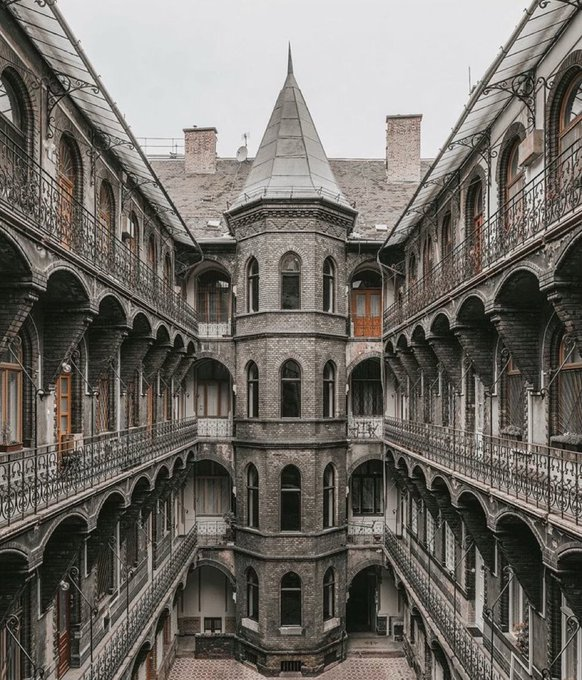
10. Debrecen Reformed Church, Debrecen
The “Calvinist Rome” features Hungary's largest Protestant church.
Its twin towers dominate the flat Great Plain landscape.
The “Calvinist Rome” features Hungary's largest Protestant church.
Its twin towers dominate the flat Great Plain landscape.

11. Gödöllő Palace, Gödöllő
This baroque gem was a favorite retreat of Empress Elisabeth (“Sisi”).
Its lavish halls hosted some of Europe’s most dazzling balls.
This baroque gem was a favorite retreat of Empress Elisabeth (“Sisi”).
Its lavish halls hosted some of Europe’s most dazzling balls.
12. Széchenyi Thermal Bath, Budapest
Not just stunning architecture—this neo-Baroque bathhouse is also one of the largest medicinal spas in Europe.
But here is something you may not know.
Budapest' lies on a fault line where the Buda Hills meet the Great Hungarian Plain, creating an extensive network of thermal springs.
These springs feed the city's famous baths, like the Széchenyi Thermal Bath, Gellért Baths, and Rudas Baths, which have been enjoyed for centuries.
The Romans first built bathhouses here, but it was during Ottoman rule that the tradition truly flourished, leaving behind architectural gems like the Király and Rudas Baths.
Budapest's thermal heritage is both a natural and cultural marvel.
Not just stunning architecture—this neo-Baroque bathhouse is also one of the largest medicinal spas in Europe.
But here is something you may not know.
Budapest' lies on a fault line where the Buda Hills meet the Great Hungarian Plain, creating an extensive network of thermal springs.
These springs feed the city's famous baths, like the Széchenyi Thermal Bath, Gellért Baths, and Rudas Baths, which have been enjoyed for centuries.
The Romans first built bathhouses here, but it was during Ottoman rule that the tradition truly flourished, leaving behind architectural gems like the Király and Rudas Baths.
Budapest's thermal heritage is both a natural and cultural marvel.

13. Kecskemét Town Hall, Kecskemét
This Art Nouveau wonder has a façade that seems to dance with floral motifs.
The uniquely Hungarian style is a surprise delight.
This Art Nouveau wonder has a façade that seems to dance with floral motifs.
The uniquely Hungarian style is a surprise delight.

14. Tokaj Wine Cellars, Tokaj
The region famous for its sweet Tokaji wine has centuries-old underground cellars.
Some are carved into volcanic rock, creating a perfect natural wine cooler.
The region famous for its sweet Tokaji wine has centuries-old underground cellars.
Some are carved into volcanic rock, creating a perfect natural wine cooler.
15. Great Synagogue (Szeged Synagogue), Budapest
A dazzling fusion of Art Nouveau and Moorish Revival styles, the Szeged Synagogue is Hungary’s second-largest synagogue and one of Europe’s most beautiful.
Its intricate stained-glass windows and stunning blue dome create a serene atmosphere, while the acoustics make it a popular venue for concerts.
A dazzling fusion of Art Nouveau and Moorish Revival styles, the Szeged Synagogue is Hungary’s second-largest synagogue and one of Europe’s most beautiful.
Its intricate stained-glass windows and stunning blue dome create a serene atmosphere, while the acoustics make it a popular venue for concerts.

16. Sopron Firewatch Tower, Sopron
This medieval tower, symbolizing the “most loyal town,” has been guarding the city since the 12th century. Its spiral staircase reveals layers of history.
This medieval tower, symbolizing the “most loyal town,” has been guarding the city since the 12th century. Its spiral staircase reveals layers of history.

17. Pécs Cathedral, Pécs
A mix of Romanesque and Gothic styles, this cathedral stands on the site of an ancient Roman forum.
Its crypts still hold secrets from antiquity.
A mix of Romanesque and Gothic styles, this cathedral stands on the site of an ancient Roman forum.
Its crypts still hold secrets from antiquity.

18. Hollókő Old Village, Hollókő
A UNESCO site, this perfectly preserved village feels like stepping into the 17th century.
Its residents still follow centuries-old traditions.
A UNESCO site, this perfectly preserved village feels like stepping into the 17th century.
Its residents still follow centuries-old traditions.
• • •
Missing some Tweet in this thread? You can try to
force a refresh






